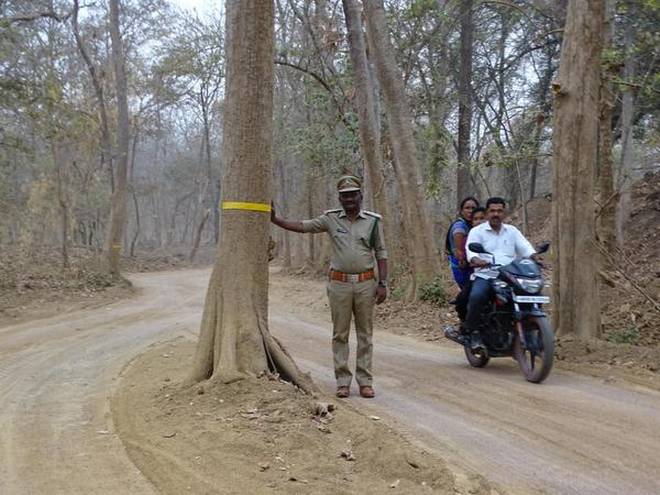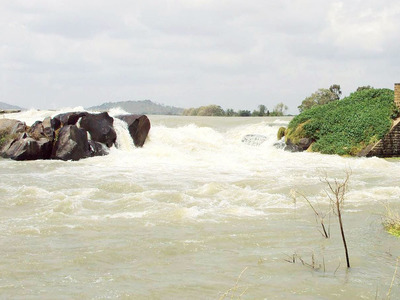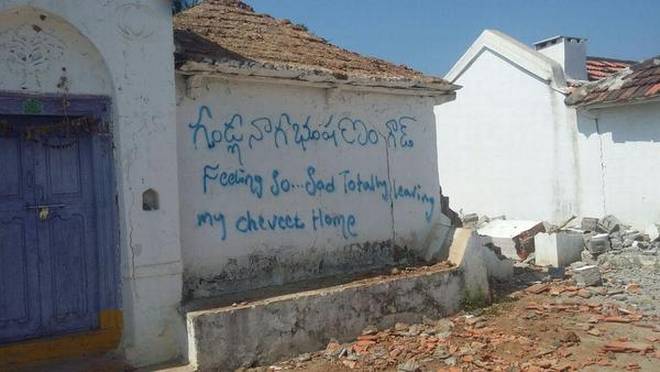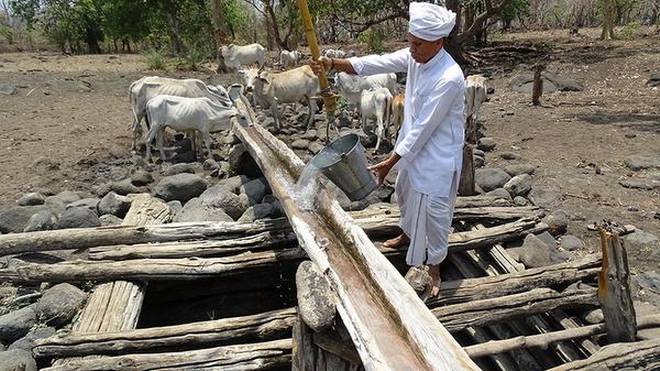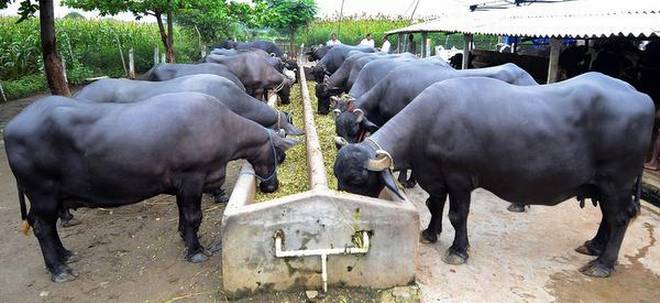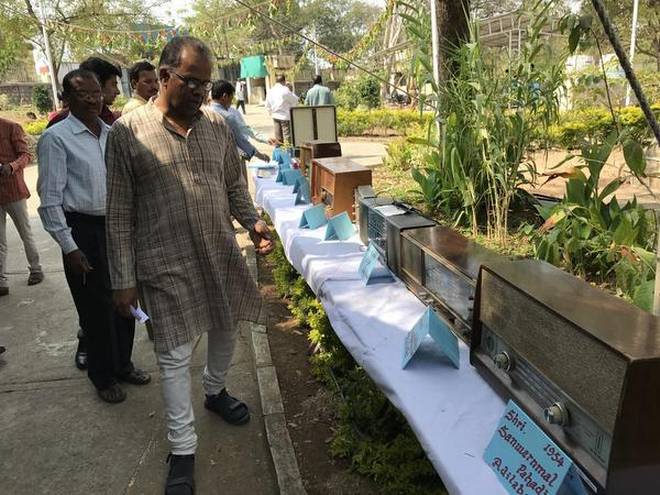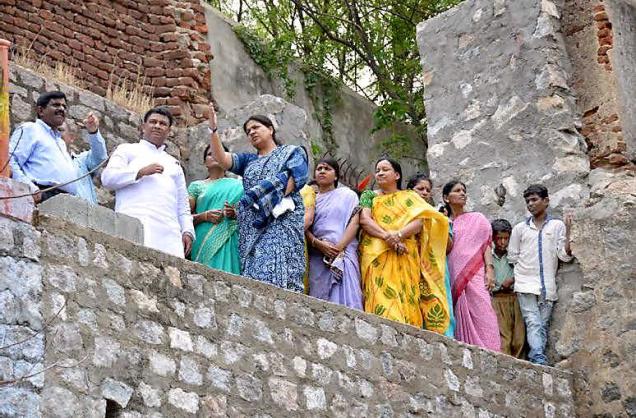‘He highlighted injustices done to State in irrigation sector’
The Telangana government has decided to name the Dindi Lift Irrigation Scheme after R. Vidyasagar Rao, a well-known personality in the field of irrigation, who died after prolonged illness on April 29 last year.
Dindi project is meant for supplying drinking water and to meet the needs of irrigation in the fluoride and drought affected areas. According to officials, Chief Minister K. Chandrasekhar Rao signed the file pertaining to the decision on Saturday. The State government has taken the decision ahead of the first death anniversary of the irrigation engineer.
The Chief Minister has instructed the Irrigation Department to call the Dindi project as R. Vidyasagar Rao Dindi Lift Irrigation Scheme henceforth.
“Vidyasagar Rao highlighted the injustices done to Telangana in the irrigation sector. He communicated to people in simple language about the discrimination of Telangana region in irrigation sector and created awareness among them on complicated issues,” the Chief Minister said in a statement.
Apart from playing a key role in the movement for separate statehood to Telangana, late Vidyasagar Rao had created a wider debate on irrigation issues, the Chief Minister said adding that his life’s ambition was to provide safe drinking water to the fluoride-affected erstwhile Nalgonda district and provide irrigation facility to the arid lands in Telangana.
“We are making rapid strides in the irrigation sector in tune with the dreams of late Vidyasagar Rao and naming Dindi project in his native district after him will be a befitting tribute to the personality,” the Chief Minister said.
The Chief Minister also sanctioned ₹1 crore for the renovation of Arvapalli Laxmi Narasimha Swamy temple in the reorganised Suryapet district as wished by Vidyasagar Rao during his last moments of life, the officials of CMO said.
source: http://www.thehindu.com / The Hindu / Home> News> Cities> Hyderabad / by Special Correspondent / Hyderabad – April 14th, 2018
